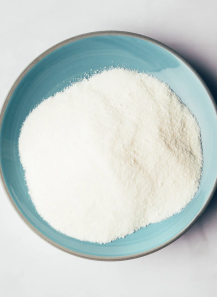Sodium lauryl sulfoacetate (SLSA, Bath Bomb Foamer)
Cosmetics
Code: 127623
Mild surfactant: Provides rich, creamy foam with a soft skin feel—much gentler than SLS (sodium lauryl sulfate)
Cart
No products
Subtotal:
0.00
Total
0.00
THB



